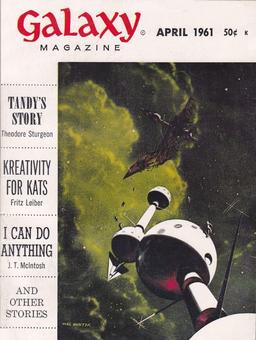Rich Horton on The Breaker Queen by C.S.E. Cooney
 Not so very long ago, I finished all my tasks for the evening and kicked back in my big green chair with the latest issue of Locus, the news magazine of the SF & fantasy field. In Rich Horton’s short fiction column I found a pair of reviews of The Breaker Queen and The Two Paupers, the first two novellas in a new romantic fantasy series from our very own C.S.E. Cooney. Here’s what he said about the first one:
Not so very long ago, I finished all my tasks for the evening and kicked back in my big green chair with the latest issue of Locus, the news magazine of the SF & fantasy field. In Rich Horton’s short fiction column I found a pair of reviews of The Breaker Queen and The Two Paupers, the first two novellas in a new romantic fantasy series from our very own C.S.E. Cooney. Here’s what he said about the first one:
I’m a big fan of of C.S.E. Cooney’s work, so I’m very happy to point to two new, related, stories, available in electronic form from Fairchild Books. The Breaker Queen concerns Eliot Howell, a talented young painter, who has been invited to a party at Breaker House. He feels immediately out of place — the family is very rich and very privileged — and the friend who invited him is being unpleasant, but then he meets one of the maids and is instantly enchanted. For Breaker House exists in three worlds: the world of humans, the world of goblins, and Valwode, where Elliot’s maid Nyx is Queen. Elliot, even when made aware of the price one pays to visit Valwode, follows Nyx into her land, while she, simply desiring a dalliance with a mortal, finds that she may pay a price herself. It’s lovely and romantic, dark and sweet, erotic and thrilling.
The Breaker Queen is Book One of Dark Breakers. The second, The Two Paupers, was published on January 22, 2015. The pub date for the third has not yet been announced — but when it is, we’ll let you know all the details.
C.S.E. Cooney is a podcast reader for Uncanny Magazine; Mark Rigney interviewed her for us in late October. The two C.S.E. Cooney short stories we presented here, “Godmother Lizard” and “Life on the Sun,” consistently rank among the most popular pieces we’ve ever published. She is a past website editor of Black Gate, and the author of How to Flirt in Faerieland and Other Wild Rhymes and Jack o’ the Hills. Her newest collection, Bone Swans, is due out this summer.
The Breaker Queen was published by Fairchild Books on October 13, 2014. It is 80 pages, priced at $2.99 for the digital edition. No word on a print edition yet.
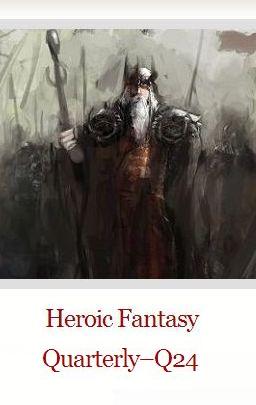
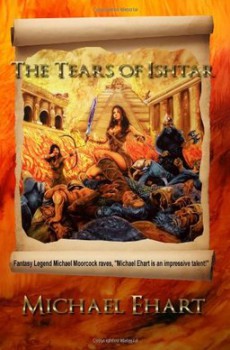
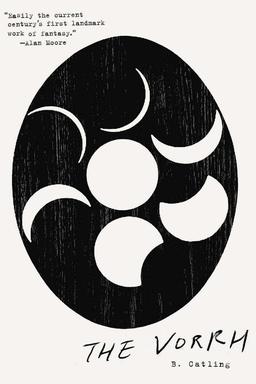

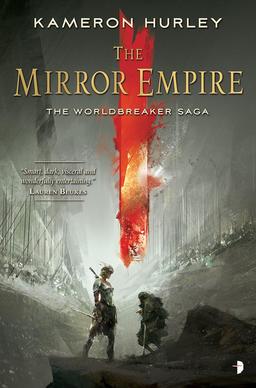
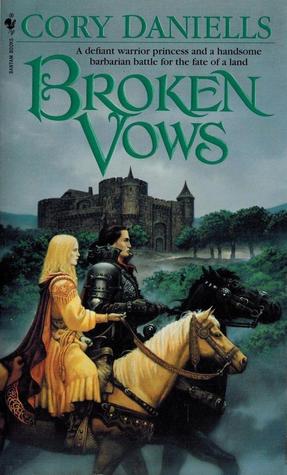

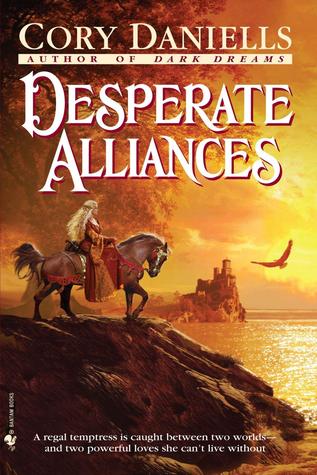


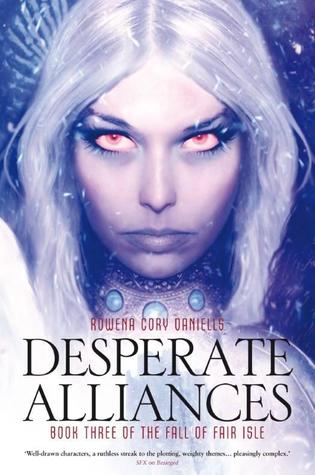

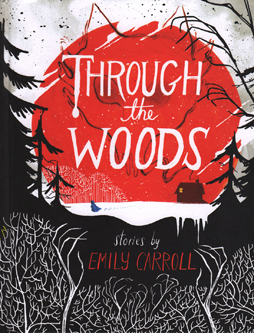 And now for some utterly uncontroversial awards news: on April 22, the nominees for the 2015 Eisner Awards were announced.
And now for some utterly uncontroversial awards news: on April 22, the nominees for the 2015 Eisner Awards were announced. 